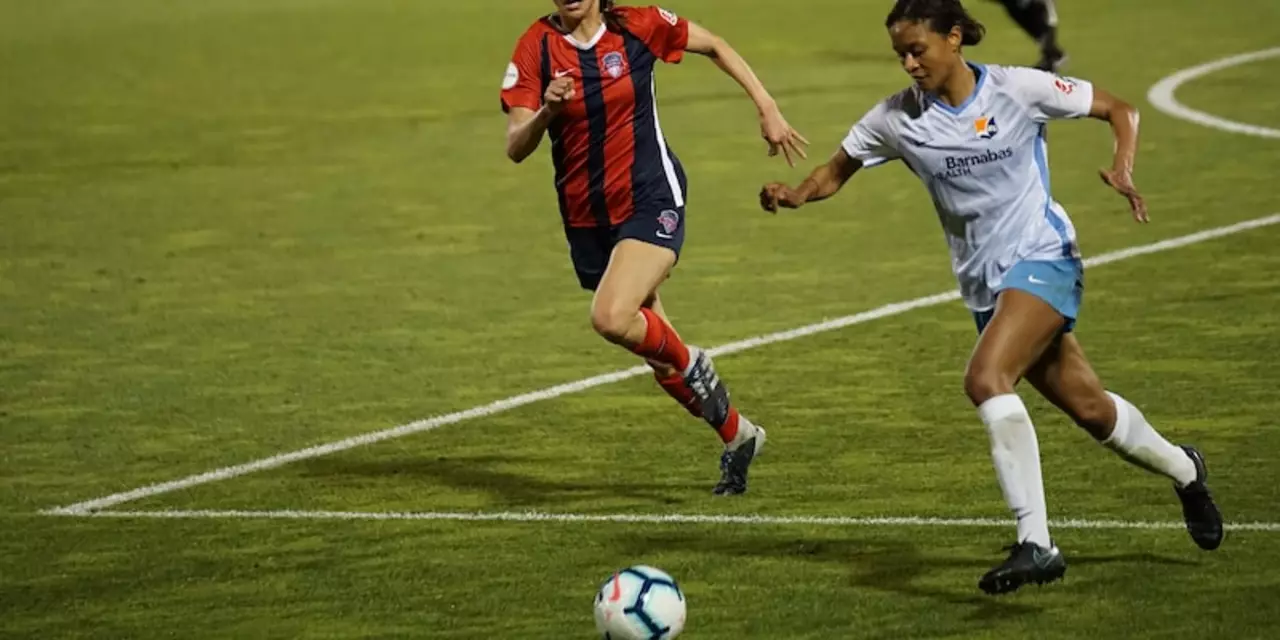Middle School Soccer Made Simple: What Every Player Needs
Starting soccer in middle school can feel like stepping onto a big stage, but it doesn’t have to be scary. Whether you’re the kid who dribbles in the driveway or a parent trying to help your child get a spot on a team, the basics are the same: a bit of skill, the right gear, and a clear plan.
Finding a Team & Getting Game Time
The first question most kids ask is, “How do I get on a team?” The answer starts with local research. Check your school’s sports bulletin, community parks, or nearby clubs. Many clubs hold open tryouts in the fall and spring. Show up early, bring a water bottle, and be ready to give a quick demo of passing, shooting, and basic ball control. Coaches look for effort as much as talent, so a positive attitude can beat a perfect skill set.
Once you’re in, earning game time is about consistency. Attend every practice, listen when the coach explains drills, and ask for feedback after games. If you’re a player who likes speed, consider playing winger or forward – those spots let you use your pace to stretch the defense. For kids who are good at reading the game, a full‑back role lets you help both defense and attack.
Parents can help by arranging extra practice sessions, like a weekend juggling routine or a small‑sided game with friends. The more touches you get, the more confident you’ll feel when the real match starts.
Gear Basics: Balls, Cleats, and More
Good gear doesn’t have to break the bank, but it should match your age and playing surface. Soccer balls come in sizes 3, 4, and 5. Middle schoolers usually use size 4 – it’s lighter than a size 5 but still feels like a real ball. Buying a certified ball (like a FIFA‑approved one) ensures consistent bounce and durability.
Cleats are another big question: “Can my kid wear soccer cleats for softball?” The short answer is no; the two sports need different traction and ankle support. For middle school soccer, choose firm‑ground cleats if you play on grass. Look for a snug fit – you want the foot secure, not sliding inside the shoe. If the field is artificial turf, a turf‑specific shoe works better and lasts longer.Don’t forget shin guards – they’re mandatory in most leagues and protect against bruises and fractures. Pick a pair that covers the shin up to the knee and stays in place with adjustable straps.
Finally, a simple water bottle and a lightweight backpack for your kit will keep you organized on the go. Toss a towel in there for quick dry‑offs after a sweaty practice.
Middle school soccer is all about learning, having fun, and building a habit of staying active. Focus on showing up, working on basic skills, and using gear that fits your game. With those steps, you’ll see steady improvement and enjoy every kick, pass, and goal.
